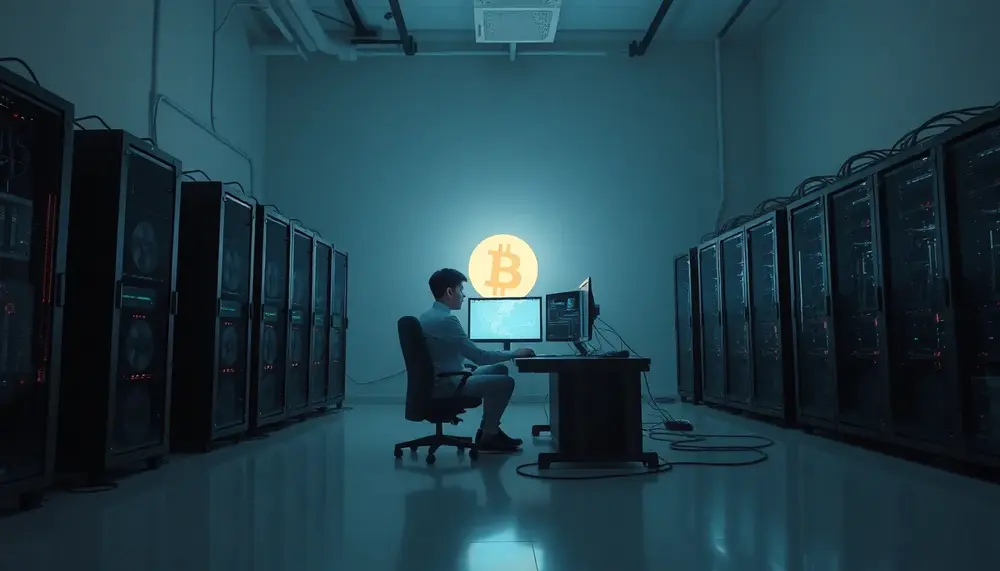Table of Contents:
Bitcoin Mining: Solo-Miners on the Rise
In the world of Bitcoin mining, a surprising trend has emerged: solo-miners are increasingly managing to process entire blocks and claim the full reward of 3.125 BTC. Just last week, a solo-miner announced on social media that they had hit the jackpot, earning approximately $259,000. This development has sparked curiosity about the factors driving this phenomenon.
What is Solo Mining?
Solo mining refers to individuals or smaller groups who choose to mine Bitcoin independently, rather than joining large mining pools. This can include hobbyists with mining equipment at home or independent operators using services like Solo CKPool, which allows mining without the need for a personal Bitcoin node. When a block is successfully mined, the solo-miner receives the entire reward, unlike in mining pools where earnings are distributed among participants.
Increasing Numbers in Solo Mining
Data indicates a slight increase in solo mining activity. In 2022, only 7 blocks were mined through Solo CKPool. This number rose to 12 in 2023 and further to 16 in 2024. While these figures are minimal compared to the total volume of Bitcoin blocks, they highlight a growing interest in decentralized mining practices.
| Year | Blocks Mined via Solo CKPool |
|---|---|
| 2022 | 7 |
| 2023 | 12 |
| 2024 | 16 |
Debunking the "Hobby-Miner" Myth
On platforms like Twitter, stories often circulate about small-scale miners using basic equipment, such as a Bitaxe miner, to find a block. However, this is not always accurate. In many cases, larger setups or external computational power play a role. For instance, in January, a FutureBit Apollo miner successfully processed a block with the help of additional hash rate.
Motivations Behind Solo Mining
For many solo-miners, the primary motivation is not financial gain but the decentralization of the Bitcoin network. Bitcoin maximalist and miner "Econoalchemist" emphasizes this point, stating that decentralization is the main goal, with monetary rewards being a secondary benefit. Similarly, Matt Howard from Solo Satoshi, the manufacturer of Bitaxe, highlights the aim of achieving greater independence in mining.
"The goal is more independence in mining. The reward is a bonus." – Matt Howard, Solo Satoshi
Challenges and Realities of Solo Mining
Despite the allure of solo mining, the chances of success remain slim. For example, a Bitaxe Gamma miner with a hash rate of 1.2 TH/s has a daily probability of just 0.00068% to find a block. Nevertheless, the trend underscores Bitcoin's openness as a technology, allowing even small players to participate.
- Solo mining activity has slightly increased over the years.
- Motivations include decentralization and independence, rather than profit.
- Success rates for solo-miners remain extremely low.
Summary: Solo mining is experiencing a modest rise, driven by a desire for decentralization and independence. While the chances of success are minimal, the trend highlights Bitcoin's inclusivity and the enduring appeal of its decentralized nature.
Source: Block-Builders.de
Sources:















